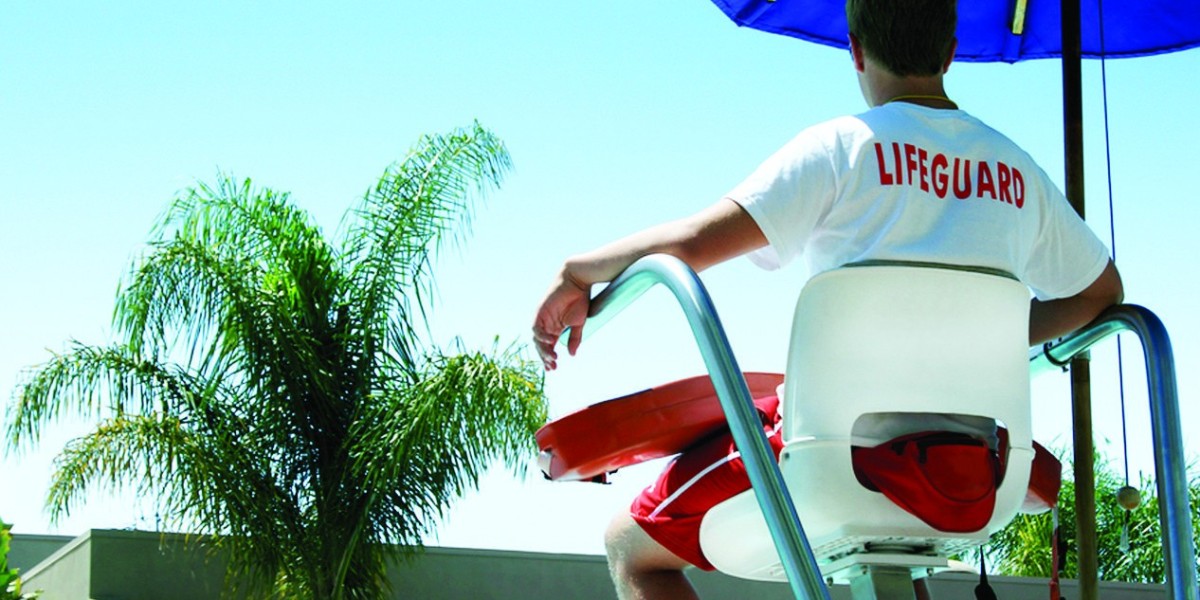When it comes to saving lives, lifeguard CPR and First Aid training is absolutely essential. As certified professionals responsible for aquatic safety, lifeguards must possess the highest level of preparedness for emergencies, including drowning, cardiac arrest, trauma, and other medical incidents. This comprehensive guide explores every detail of CPR and First Aid classes for lifeguards, ensuring thorough understanding and competence in all life-saving scenarios.
Why CPR and First Aid Training is Crucial for Lifeguards
Lifeguards operate in high-risk environments where rapid response can mean the difference between life and death. CPR (Cardiopulmonary Resuscitation) and First Aid training equip lifeguards with the practical skills and confidence needed to act swiftly and effectively.
Key Benefits of CPR and First Aid Certification for Lifeguards:
Immediate response to cardiac emergencies
Proper use of AED (Automated External Defibrillators)
Control of bleeding and wound care
Treatment for heatstroke, hypothermia, and other poolside injuries
Compliance with state and national certification requirements
Overview of a Lifeguard CPR and First Aid Class
A standard Lifeguard class near me CPR and First Aid course typically includes classroom instruction, hands-on practice, written testing, and performance-based assessments. These courses are offered by accredited providers such as the American Lifeguard Association.
Core Components of Lifeguard CPR Training
Adult, Child, and Infant CPR Techniques
Lifeguards are trained to respond to victims of all ages using age-appropriate techniques, including rescue breaths, compressions, and airway management.Two-Rescuer CPR
Coordination between multiple rescuers is critical in high-pressure scenarios, making team-based CPR an essential part of the curriculum.AED Use
Learning how to operate an Automated External Defibrillator is mandatory, including pad placement and device prompts.CPR for Drowning Victims
Drowning cases often require modified CPR with emphasis on rescue breaths to remove water from the lungs.
Core Components of First Aid Training
Bleeding Control and Bandaging
Lifeguards are taught to stop bleeding effectively using direct pressure, elevation, and pressure bandages.Splinting and Immobilization
Handling broken bones or suspected spinal injuries in and around water involves careful stabilization techniques.Burn Treatment
From minor sunburns to more severe incidents, proper burn care is covered.Shock Management
Recognizing and treating shock helps prevent deterioration in trauma patients.Environmental Emergencies
Lifeguards must also manage heat exhaustion, hypothermia, insect stings, and allergic reactions.
Duration and Format of the Training Course
Most lifeguard CPR and First Aid classes are completed in 4–8 hours, depending on the certifying body and course intensity. These programs are available in multiple formats:
In-person classroom sessions
Blended learning (online and in-person practical assessment)
On-site group training for aquatic facilities
Upon successful completion, participants receive a certification card valid for two years, after which recertification is required.
Skills You Will Master in Lifeguard CPR and First Aid Class
By the end of the course, lifeguards will confidently demonstrate:
High-quality chest compressions at the correct depth and rate
Ventilation techniques with barrier devices
Proper AED usage and integration into CPR cycles
Assessment of consciousness, pulse, and breathing
Scene safety and use of personal protective equipment (PPE)
Treatment of various injuries and sudden illnesses
These skills are evaluated through scenario-based simulations, ensuring real-world readiness.
Who Should Take a Lifeguard CPR and First Aid Class?
This training is not limited to newly hired lifeguards. It is essential for:
New lifeguard recruits
Returning seasonal lifeguards
Swim instructors and coaches
Aquatic facility managers
Recreation staff and pool operators
Always confirm that the certification is recognized by your employer or state regulatory agency.
Recertification and Continuing Education
Lifeguards must stay current with updated techniques and guidelines issued by organizations like American Lifeguard Association. CPR protocols evolve, so timely recertification and continuing education workshops are vital.
Best Practices:
Schedule a refresher class every 1–2 years
Participate in mock rescue drills
Attend seminars or online CEUs (Continuing Education Units)
What to Bring to Your CPR and First Aid Class
To get the most out of your training:
Wear comfortable clothing (for physical practice)
Bring your ID and course confirmation
Notebook and pen for notes
Reusable face shield/mask if provided
Water bottle and snacks (if attending longer sessions)
Conclusion: The Lifesaving Value of CPR and First Aid Training for Lifeguards
Lifeguards are frontline responders in water safety. Through rigorous CPR and First Aid training, they acquire the competence to manage life-threatening situations with confidence and skill. Investing in this training not only meets industry requirements but also empowers lifeguards to be the true guardians of life they are meant to be.







